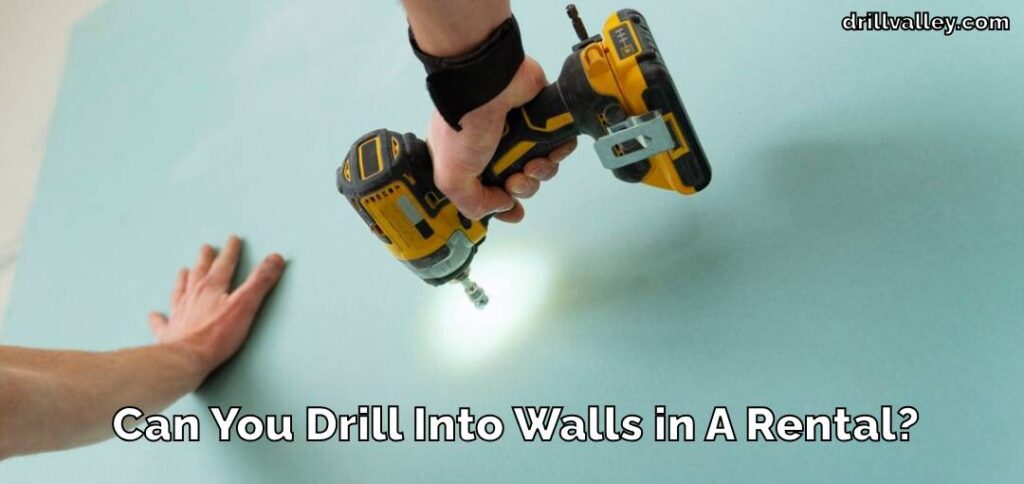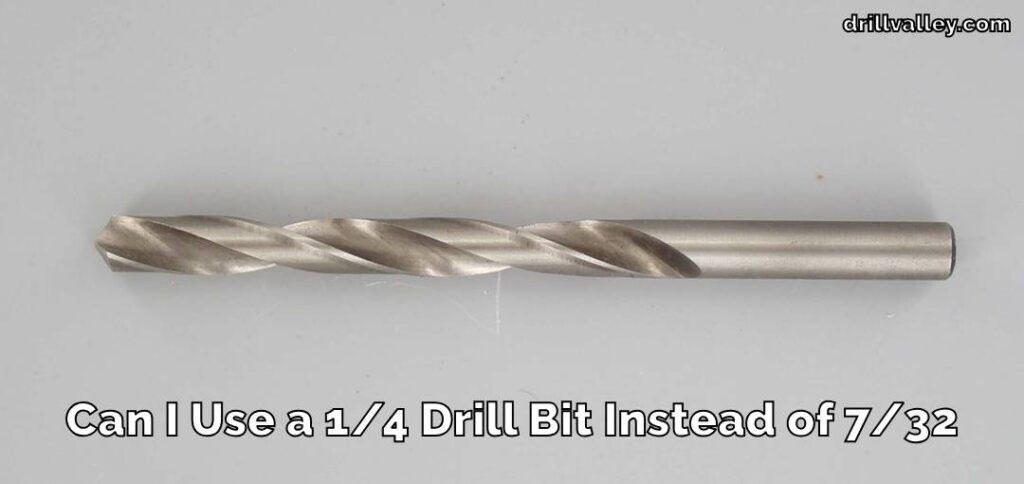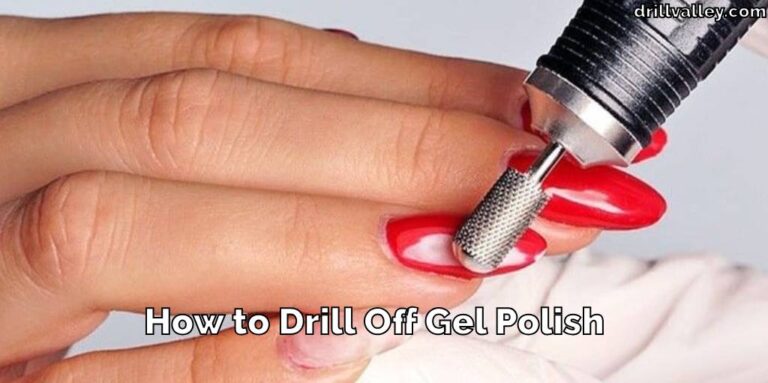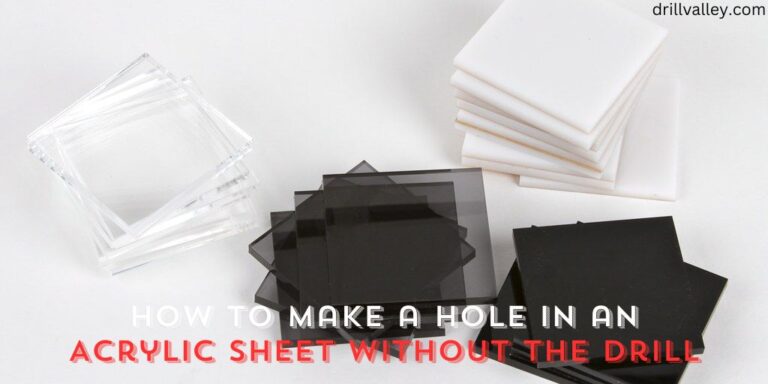How to Lock a Cabinet without Drilling
Securing our stuff and keeping curious kids safe is very important, and locking our cabinets is a big part of this. But the thought of making holes in your cabinets to install locks can be worrying. It could damage them or leave marks that you can’t get rid of, which is especially concerning for those who care about their furniture.

Luckily, there’s a smart way around this: you can lock a cabinet without having to drill into it. This method is simple and doesn’t harm your furniture at all.
In this guide, we’re going to show you different easy ways how to lock a cabinet without drilling. These tips will help you keep your things and your kids safe, without damaging your cabinets or changing how they look.
Why You Need to Lock a Cabinet without Drilling
Locking a cabinet without drilling is essential for various reasons, especially for renters, parents, and antique furniture owners. Renters often face restrictions on making permanent alterations like drilling into walls or cabinets in their leased spaces.
For them, non-drilling solutions are ideal to avoid losing security deposits or facing penalties. Parents, on the other hand, constantly look for ways to child-proof their homes. They need safe, yet temporary methods to keep little hands away from dangerous or fragile items.

This is where drill-free locks come in handy as they are both effective and can be removed when no longer needed. Antique furniture owners also benefit greatly from these locking methods.
Drilling can severely damage precious, vintage furniture pieces, reducing their value and aesthetic appeal. Using non-invasive locking mechanisms helps maintain the furniture’s original condition and value.
Understanding these varied needs is crucial when deciding on the most suitable locking method for your cabinets. Drill-free locks offer a versatile and damage-free solution for keeping belongings secure in various living situations.
Tools We Need to Lock a Cabinet without Drilling
Securing cabinets without drilling is simpler than you might think, and it doesn’t require a toolbox full of equipment. Here’s a list of easy-to-find tools you can use, each suitable for different types of cabinets:
- Adhesive Locks: These locks stick firmly to the cabinet surface. They’re great because you just peel and place them where needed. They’re strong, but when you want to remove them, they come off cleanly without leaving marks.
- Magnetic Keys: These are used with magnetic locks. You place the lock inside the cabinet and use the magnetic key to open it. This keeps the lock hidden and your cabinet looking neat.
- Velcro Strips: Velcro is handy for lighter cabinet doors. You can use it to create a simple but effective barrier that’s easy for adults to open but tricky for little ones.
- Cable Ties: For a quick, temporary fix, especially for handles or knobs, cable ties work well. They’re incredibly simple to use and are perfect for situations where you need a temporary solution.
All these items are available in hardware stores or online. They offer a practical and user-friendly way to lock your cabinets without the need for permanent changes.
How to Lock a Cabinet without Drilling
Locking a cabinet without drilling is straightforward and can be done in several ways. Let’s go through each method with easy-to-follow steps:
Adhesive Locks
- What You Need: Adhesive strap locks.
- Steps:
- Clean the cabinet surface.
- Peel off the adhesive backing from one end of the strap and attach it to the cabinet door.
- Stretch the strap to reach the side of the cabinet or another door, then peel and stick the other end.
- Press firmly and let it set for the recommended time.
- To unlock, detach one end of the strap.
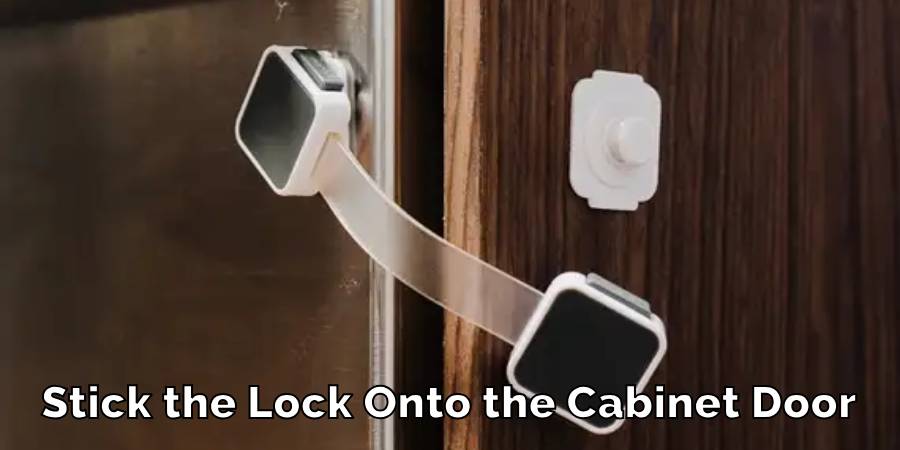
Note: These locks are great because they’re easy to put on and take off, and they won’t leave any sticky residue.
Magnetic Locks
- What You Need: Adhesive magnetic lock sets.
- Steps:
- Clean the area where you’ll place the lock and key with a damp cloth to ensure it’s free from dust.
- Peel the adhesive backing off the lock and stick it to the inside top of the cabinet door, aligning it with the side where the door closes.
- Stick the magnetic key’s latch counterpart to the cabinet frame directly opposite the lock. Make sure they align perfectly.
- Close the door gently to check if the lock engages with the latch correctly.
- To open, place the magnetic key on the outside of the door where the lock is located to disengage the lock.
Note: Magnetic locks are fantastic for a clean, invisible look since they can’t be seen from the outside.
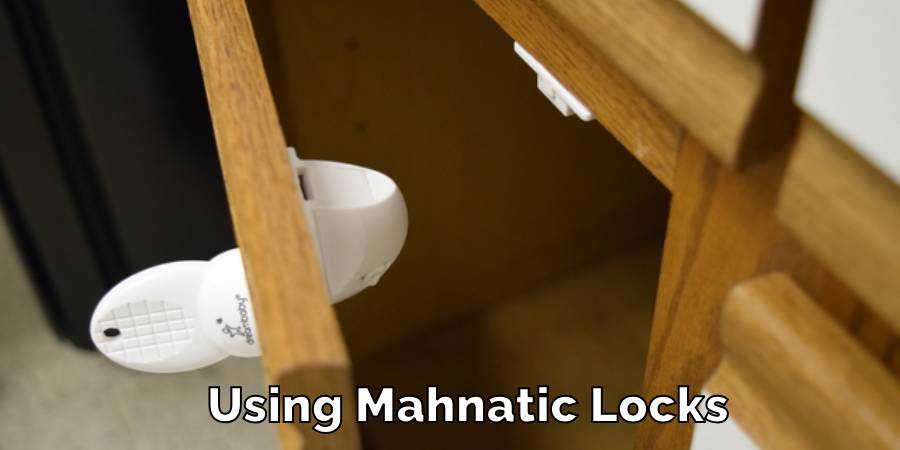
Sliding Locks (For double-door cabinets)
- What You Need: Adhesive sliding locks.
- Steps:
- Clean the area where the lock will be placed.
- Peel the adhesive backing and attach the lock onto the cabinet door’s top edge, ensuring it overlaps the opening.
- Slide the lock across to secure the doors together.
- To unlock, slide the mechanism back and open the door.
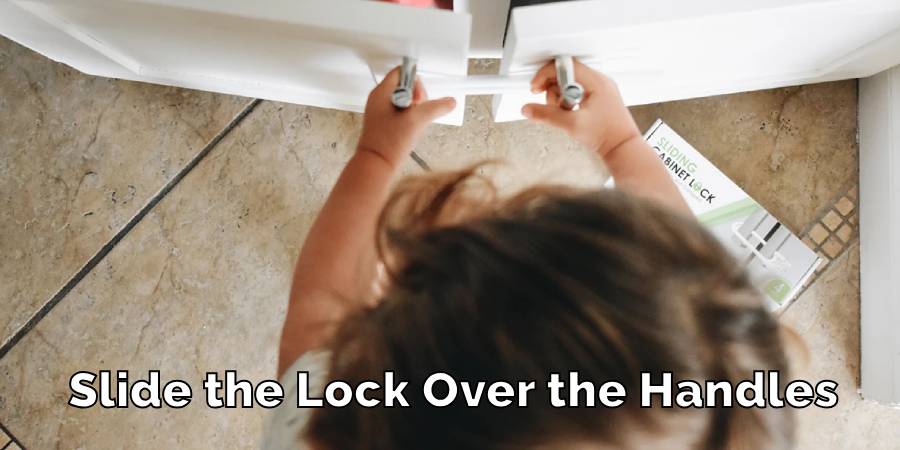
Note: Sliding locks are ideal for cabinets with side-by-side doors and are very easy to use.
Cord or Cable Ties (Quick, temporary solution)
- What You Need: Flexible cabinet locks with cords.
- Steps:
- Wrap the cord around both knobs or handles on double doors.
- Pull the cord tight and lock it in place according to the product instructions.
- To unlock, release the mechanism and unwrap the cord.
Note: Cable ties are a simple and effective solution for temporary locking needs.
By following these methods, you can secure your cabinets effectively without the need for drills or permanent modifications. This approach not only protects your furniture but also provides peace of mind knowing your belongings and children are safe.
Precaution While Locking a Cabinet without Drilling
When you’re setting up locks on your cabinets without drilling, safety should always be your top priority. Here are some important tips to keep in mind:
- Keep Locks Out of Children’s Reach: Make sure that any locks, especially magnetic keys or small parts, are stored high up or in a secure place where children can’t get to them. This prevents any risk of them swallowing small parts or unlocking cabinets themselves.
- Regularly Check Adhesive Strength: If you’re using adhesive locks, it’s a good idea to regularly press on them to make sure they’re still sticking firmly. Over time, adhesives can weaken, especially in areas with a lot of heat or moisture.
- Follow Manufacturer’s Instructions: Every lock type has its own set of instructions. Always read and follow these carefully. This ensures that you’re using the locks correctly and not causing any unintentional damage to your cabinets.
- Don’t Over-Tighten Cable Ties: If you’re using cable ties, be careful not to pull them too tight. Over-tightening can damage cabinet handles or knobs and make it difficult to remove the ties without tools.
- Check for Sharp Edges: Some locks, especially metal or plastic sliding ones, might have sharp edges. Ensure these are not in places where children can reach and hurt themselves.
- Test Locks After Installation: Once you’ve installed a lock, test it a few times to make sure it’s working as it should. This helps catch any issues early on.
By following these simple precautions, you can effectively lock your cabinets without drilling, keeping your home safe and your furniture in good condition.
FAQ’s
How Do I Stop My Baby From Opening Drawers?
To prevent your baby from opening drawers, you can use adhesive locks or magnetic locks. Adhesive locks stick onto the drawer and the frame, locking it in place.
Magnetic locks, on the other hand, are installed inside the drawer and require a magnetic key to open them. Both options are effective and do not require drilling.
How Do You Secure Drawers?
Securing drawers can be done with internal latches that work with a magnetic key or with external sliding locks.
Internal latches are hidden inside the drawer, making them invisible and secure. The magnetic key unlocks the latch when held against the drawer front. External sliding locks fit over the outside of the drawer and lock it in place, which are easy to install and use.
What is a Drawer Lock?
A drawer lock is a type of mechanism designed to keep drawers closed. It prevents unauthorized access or accidental opening by children. These locks can be key-operated, magnetic, or even electronic, and are installed to keep the contents of the drawer secure from children or to protect private items.
What is a Drawer Slide Lock?
A drawer slide lock is a special kind of lock that stops a drawer from being pulled out completely. It’s useful for preventing accidents like spills or items falling out. This lock attaches to the side of the drawer and acts as a stopper, which can be easily disengaged by an adult when needed.
What is a Slide-out Lock?
A slide-out lock is designed for cabinets or drawers that slide open. It’s installed on the sliding mechanism to prevent the drawer or cabinet from being opened. This type of lock is useful in areas where you need to keep contents secure or to prevent children from accessing dangerous items.
Conclusion
Securing your cabinets without drilling is not only practical but also safe and efficient, perfectly balancing the protection of your belongings and the safety of your children.
The variety of lock options available allows you to pick the one that fits your needs perfectly, without ruining the look or condition of your furniture.
Whether you’re a renter, a parent, or someone with cherished antique pieces, these locking methods cater to everyone. This article has explored how to lock a cabinet without drilling.
It’s important to remember that the goal is to achieve safety and simplicity, creating a secure and worry-free environment in your home. By choosing the right lock, you ensure peace of mind, knowing your belongings and loved ones are safe.
You may read also – How to Mount Pegboard without Drilling
Can You Use Impact Driver Bits in A Drill
Knowing whether you can swap impact driver bits into a regular drill matters more than…
Can You Drill Into Popcorn Ceiling
Wondering Can You Drill Into Popcorn Ceiling for your next home improvement project? Popcorn ceilings,…
Can You Drill Into Walls in A Rental?
Renting an apartment brings the challenge of personalizing your space within the confines of rules…
Can I Use a 1/4 Drill Bit Instead of 7/32
When you’re elbows deep in a project and suddenly realize the 7/32 drill bit you…
Can You Drill Concrete Without A Hammer Drill
Drilling into concrete requires both precision and the right tools, notably a hammer drill and…
Can You Use Different Brand Drill Bits?
The right drill bit size is crucial for any project, big or small. It’s the…



